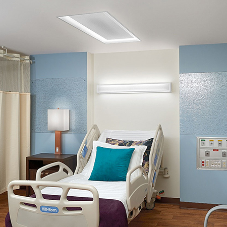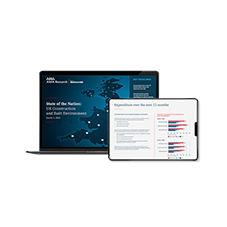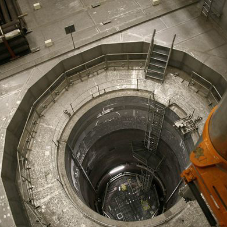The UK ventilation and air conditioning market is significant, with an estimated total value of over £1.2bn at manufacturers selling prices. The core product sectors of the are air conditioning, ventilation and accessories, with air conditioning products by far the largest product group making up over half of the total market value.
Since 2013 the UK ventilation market has seen solid levels of growth, peaking at 5% annual growth in 2014 reflective of the recovery in UK construction activity as well as improved business and consumer levels. However, growth rates have fallen steadily since 2014.
The UK ventilation and air conditioning market exhibits the characteristics of an increasingly mature market. Positive influences on the ventilation and air conditioning market include increasing health & safety and energy efficiency legislation, revised Building Regulations and environmental legislation, and the generally increasing awareness about the importance of indoor air quality and energy use. This has helped to stimulate product innovation and development.
Considerable replacement and refurbishment opportunities are present with regards to existing buildings as there are still a large number with inadequate or inefficient ventilation and air conditioning systems. In addition, Government initiatives are also motivating the ventilation and air conditioning market - such as the Enhanced Capital Allowance Scheme, which offers up to 100% first year tax relief on a number of energy saving plant and machinery, including ventilation and air conditioning equipment.
Individual product trends and developments continue to emerge and influence the market. For example, there has been good growth in VRF or VRV air conditioning systems, reflecting the fact that they offer more efficient operation and can therefore save operational costs.
Additionally, there is an increasing demand for intelligent ‘smart’ controls that can remotely manage ventilation and air conditioning systems. There is also a greater emphasis on the integration of ventilation and air conditioning controls into the Building Management Systems (BMS) of commercial buildings. Enhanced levels of market penetration are also likely to arise from technological developments, for example; variable speed drives, multiple scroll compressors, EC motors, filter sensors and heat recovery systems.
In terms of distribution, the majority of domestic ventilation products are distributed via merchants, DIY multiples and electrical wholesalers. Other channels include the internet, specialist heating and ventilation retailers, hardware stores, department stores, grocery multiples and catalogues. Non-domestic ventilation products are commonly distributed direct to the contractor or end-user but are also sold via the trade distributors.
Although the market situation in 2017 was more subdued than previous years, the current forecast for the UK ventilation and air conditioning market remains moderately positive, with more steady growth from 2019 onwards. The future performance of the UK ventilation and air conditioning market is likely to be influenced by overall trends in housebuilding and non-domestic construction, RMI activity, fuel prices, energy efficiency legislation, renewable technologies, levels of personal disposable income, plus climatic factors and air temperatures.
Following the UK Brexit vote, the outlook for this market, like many others, will also be influenced to some extent by the path taken to exit the EU.
Based on a report by AMA Research, a leading provider of market research and consultancy services with over 25 years’ experience within the construction and home improvement markets. The report is available now and can be ordered online at www.amaresearch.co.uk or by calling 01242 235724.
For more information check out our HVAC Product Hub.
Related Blog Articles



crop192.png)












